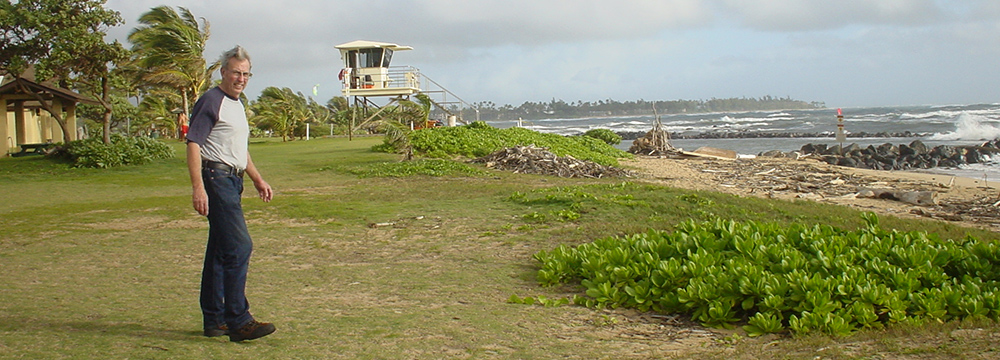Cyprian, bishop of Carthage from 248 to 258, changed, and radically so, the face of Christianity. It is said he was a brilliant scholar, an excellent preacher/orator, and much admired by all. Yet it would take a little more than thirteen hundred years before a correction to Cyprian’s influence appeared.
Prior to and during the days of Cyprian, the Catholic (or universal) Church had been dealing, and for many years, with Marcionism, Gnosticism, and Montanism. The result was division and discord among Christians.
The bishop, pastor/overseer, became the dominant authority in the Church, which of course, bore no identity with the present Roman Catholic Church. There would be a bishop for a city or for an area, who had ultimate authority over the affairs of the Christian community.
A very severe persecution of Christians by the Emperor Decian began in 250. This Roman emperor’s edict demanded that sacrifices be made to the gods. (The Jews were exempted from doing so.) Initially Cyprian went into hiding and justified his actions saying the faithful Christians needed a pastor.
Some Christians complied with the edit of Decius, others did not and were tortured by the Roman authorities if they did not confess, “Hail, Caesar”. It is said that the Decian persecution of Christians was the most severe of them all. This event divided the church into two groupings, those who compromised, or “lapsed”, and those who did not, known as “confessors”. A bishop named Novatus or Novatian, refused to allow the lapsed back into the fellowship of the church. Cyprian sought for unity in the church.
Cyprian was able to create a middle ground between the two factions, which was well received by the majority of the believers. Novatian declared that any Christian who denied Jesus could never be restored. Cyprian challenged that position.
Later, as the persecution eased, Novatian’s views were considered a heresy. Cyprian ruled that sacraments received under Bishop Novatian were invalid and that only the sacraments given by the “true” church were able to save those who received them. Salvation then could only be given by true and legitimate bishops. It is here that the entire nature of the church underwent extreme change. Only the “Mother Church” could give saving sacraments.
In 251 Cyprian called together a council or synod of the church, at Carthage, for the purpose of developing unity. He read to the council a piece he had written titled “On the Unity of the Church.” His position was that there is only one Bride of Christ, as there is only one Christ, and the Bride is the church. And only in the church is their salvation.
It was not enough that a Christian have a personal relationship with the Triune God, he or she needed the church. Since the Apostle Peter’s work centered, to some degree, in Rome, then the bishop of that church in Rome would be first among equals.
Cyprian penned that, “Outside the church there is no salvation,” and, “Where the bishop is, there is the church,” and, “He cannot have God for His Father who has not the church for his mother.” It was understood that to be with the church one had to be with the bishop. One could not be a Christian if he or she was not with the bishop.
It would be the bishop alone who could determine church membership and salvation. The biblical teaching of the new birth by the working of the Holy Spirit was ignored. Cyprian taught that the Holy Spirit worked through the bishop. And this moved the bishops into a power position, and this occurred through the administration of the mass where the body and blood of Jesus was received by the authority of the bishop. The church then controlled salvation. This produced a divide between the clergy, ordained by the bishop, and the laity, or the people.
Cyprian was beheaded in 258 during a persecution directed by the Roman emperor Valerian because he refused to make a sacrifice to the pagan gods. Yet, the church of his time retained his views on the unity of the church based on the prominence and authority of the bishop. And again, the first amongst the bishops was the bishop of Rome.
As time wore on, Marcionism, Gnosticism, and Montanism receded into the background, yet the Catholic Church continued to grow and dominate the Christian landscape. The clergy, those ordained by the bishop, became a separate “order.” These were the bishops and the deacons. Below these were the minor orders, the sub-deacons, acolytes, exorcists, readers, and janitors. Deaconesses were to be found in the eastern part of the empire.
The bishop of Rome, the greater city, became the most authoritative office, and as the Church faced the complexities of the world, the Roman bishop accumulated power and authority.
During the course of Christianity in the world there would be individuals and movements who defied the authority of the Roman Church, but these movements did not significantly impact the Church until the early years of the sixteenth century with Martin Luther, John Calvin, and the other reformers.
Biblically speaking, the real Church is known only to God, which consists of all those born again of the Holy Spirit. Upon the very moment of conversion, each newborn Christian is placed by the Holy Spirit into the Body of Christ, the true Church. These true believers are found throughout the world in numbers of differing groups and denominations. Such will be found in the Roman Catholic Church, the Eastern Orthodox Church, the Protestant denominations, the Charismatic/Pentecostal denominations, and other gatherings that have no labels or known identities.
At the return of Jesus, the timing of which is unknown, the Church on earth will be joined with the Church right now in the presence of God in heaven. And so we will be forever with the Lord.
